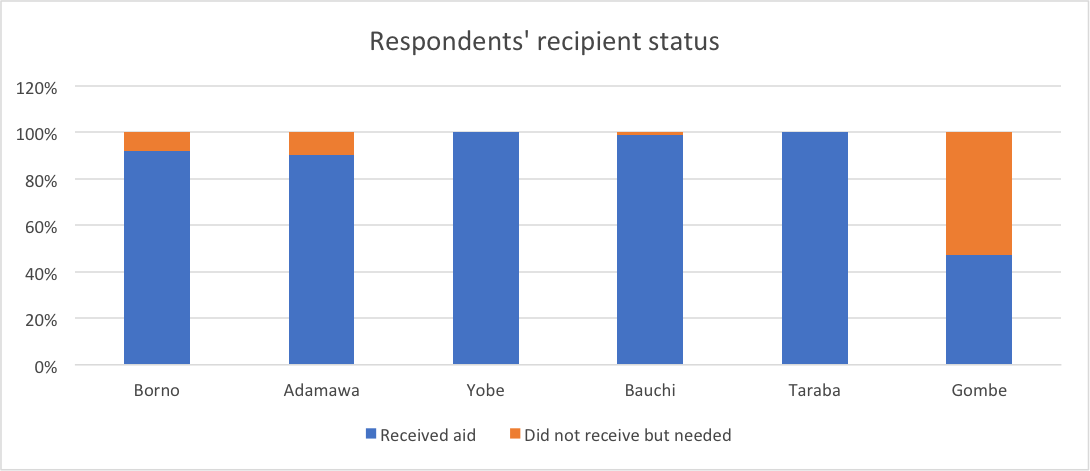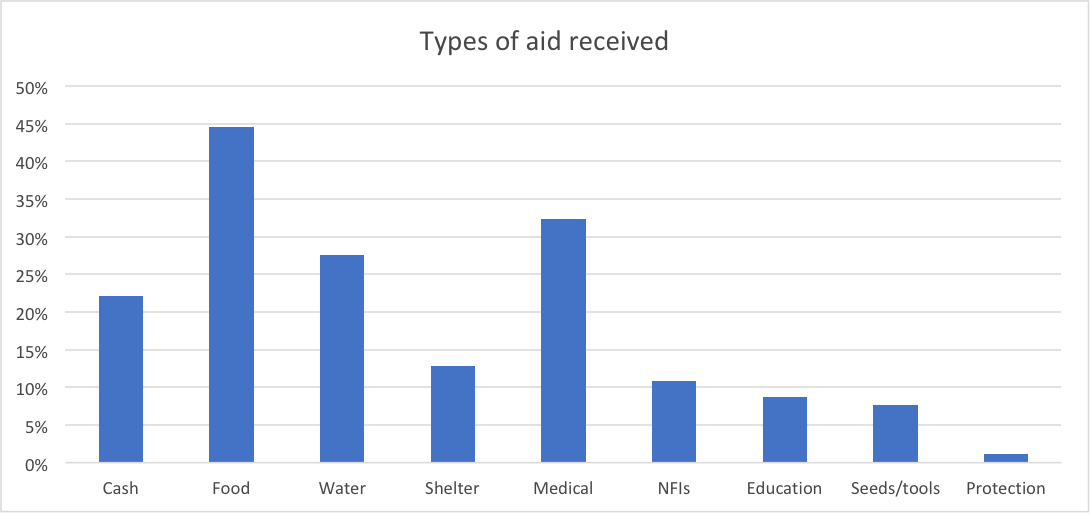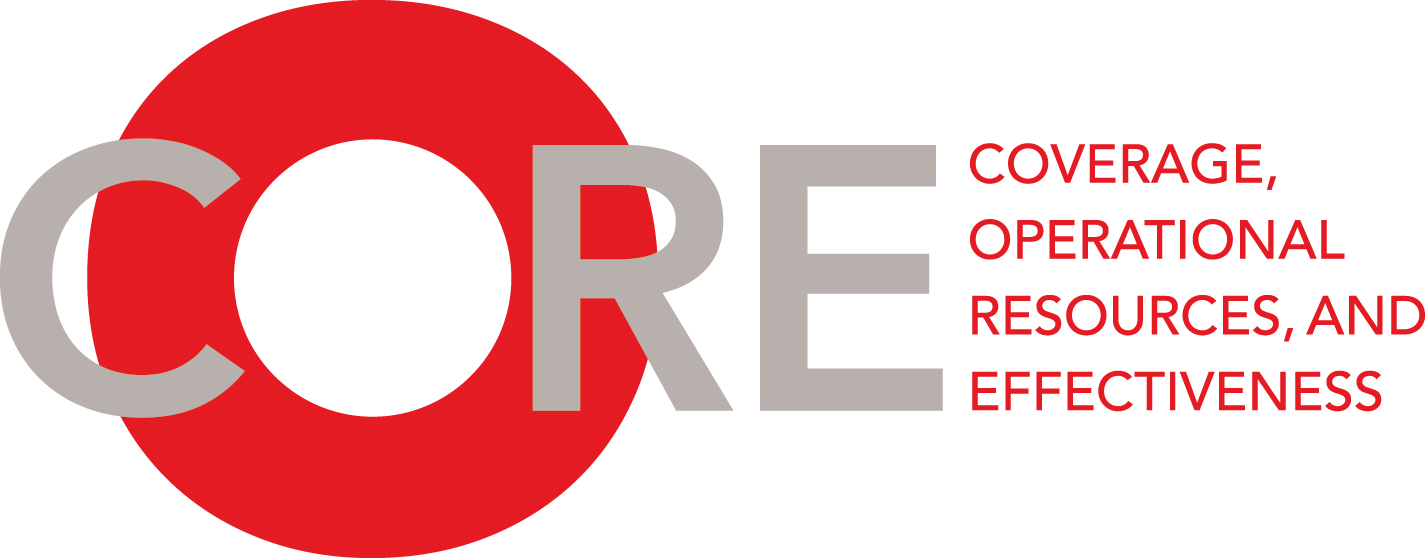Northeast Nigeria

| CORE Programme I Haiti | Myanmar | Iraq | Ethiopia: Tigray | Afghanistan | Northeast Nigeria | Central African Republic | Global Report
Summary
Humanitarian access in the conflict-affected areas of northeast Nigeria has been highly constrained since the start of the crisis. An estimated 1.24 million Nigerians outside the government-controlled areas are completely cut off from humanitarian assistance, while the several million more are obstructed to varying degrees in their ability to reach—and be reached by—critical aid. A combination of insecurity, the actions of the parties to the conflict, and the lack of strong and concerted advocacy across international diplomatic and humanitarian actors has made northeast Nigeria one of the most challenging operational environments for aid organisations. This report, based on affected population surveys, analysis of operational presence data, and key informant interviews, examines these challenges and highlights findings from the organisations identified as the most present and effective humanitarian actors in the context.
The Crisis in Northeast Nigeria
Nigerians living in the northeast have endured varying levels of armed conflict since 2009, when the jihadist insurgent group Boko Haram announced its goal to form a province of the Islamic State in the states of Adamawa, Borno, and Yobe. The Nigerian government declared a state of emergency in 2013, launching a police and military response in the region.
In 2014, the conflict gained wide international attention after the mass kidnapping of female students from Chibok province and the subsequent ‘Bring Back our Girls’ global campaign. Still commonly referred to as Boko Haram, the group switched allegiance from Al Qaeda to the Islamic State in 2015, adopting the new name of the Islamic State in West Africa (ISWA).(BBC, 2015). Although in recent years it has lost much of the territory it once controlled, Boko Haram and associated factions continue to terrorize the region with military-style offensive and other violence, including suicide bombings, and kidnappings. The conflict has significantly disrupted economic activity and further emphasized the stark socio-economic divisions between North and South.
As of 2019, an estimated 7.1 million people in NE Nigeria were in need of assistance, including 2 million displaced by the conflict, a large proportion of whom are living in IDP camps within garrison towns established by the Nigerian military. Humanitarian assistance provided by international aid agencies has largely been confined to these garrison towns. As of late 2019, an estimated further 1.24 million people are in need of aid outside the Nigerian military zones, and by all accounts unreached by and unable to access humanitarian assistance. The UN reports that many of those who have made it out of the insurgent-controlled areas are malnourished and ‘report being held for years in hostage-like situations by NSAGs with no access to basic services and suffering abuse.’
SCORE Reports
Under the CORE program research supported by OFDA/USAID, Humanitarian Outcomes is conducting surveys of crisis-affected populations of Nigerians living in the northeast to gain their perspectives on the access issues and the effectiveness of the humanitarian response. The results of the Surveys on Coverage, Operational Resources and Effectiveness (SCORE) responses, together with key informant interviews and other data gathering from the contexts, help identify the humanitarian actors that have achieved the comparatively greatest extent of presence and coverage in the particular contexts. Further SCORE Reports are planned for Afghanistan and Central African Republic. Details on the survey methodology and downloadable data are available at (upcoming).
The humanitarian response
Initially slow to scale up, the international humanitarian operational presence in northeast Nigeria has grown from just a handful of NGOs and UN agencies before 2016, to around 80 operational organisations in 2018. As of the end of 2019 there were 74 identified organisations working in the northeast, including 6 UN agencies plus OCHA and IOM, 28 INGOs, and 33 Nigerian national and local NGOs. Of the six states in the northeast, the bulk of the operational aid presence is concentrated in the three states of Borno, Adamawa and Yobe, where the Nigerian government declared a state of emergency. These three states, and Borno in particular are the epicenter of the conflict and contain the most people in need of aid. The other three northeastern states of Bauchi, Gombe and Taraba also have needs, however, and there is evidence that the true scope of the conflict extended at least to Gombe, and Bauchi. Additionally, the concentration of international humanitarian funding in Borno, Adamawa and Yobe raises concerns that this will become a pull for humanitarian presence and result in coverage gaps in the other states.
Within the sample of Nigerians in the northeast who agreed to take the survey, a majority had received aid. The exception was in Gombe where over half of the respondents reported needing aid but not receiving it.
Figure 1

Food was the most prevalent form of aid received by respondents, and protection the least. Health/medical care, clean water and cash assistance were the next most commonly reported types of aid received.
Figure 2

Across all states, respondents held largely positive views on whether the aid they received met their basic needs. Pluralities in all states reported ‘mostly yes’ and a majority of responses were on the positive end of the spectrum. Women in Taraba were the exception, with most female respondents answering ‘not really’ or ‘not at all,’ possibly because these respondents also reported receiving little food assistance, unlike in other states where food was the most prevalent form of aid received.
